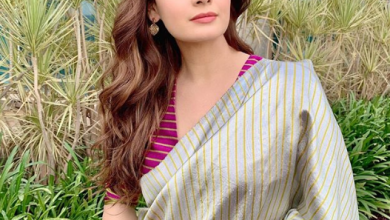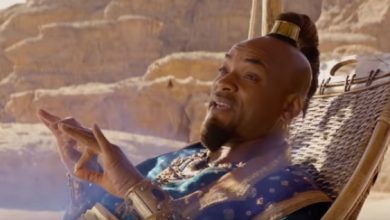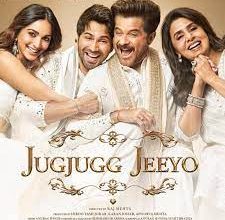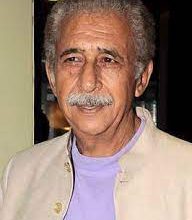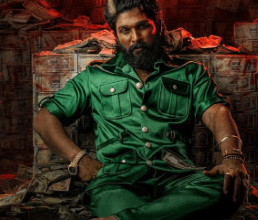More to Yash Chopra than romance in the Alps, chiffon sarees: He gave India the ‘angry younger man’, films on non secular amity
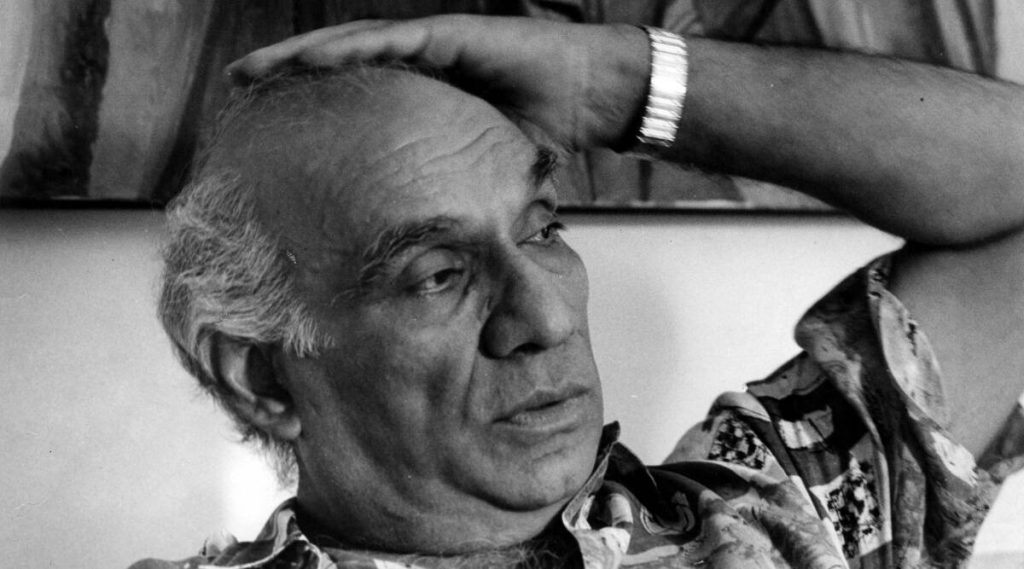
Kabhi Kabhie. Chandni. Veer Zaara. Dil To Pagal Hai. Silsila. With his films, Yash Chopra can very easily be considered the torchbearer of a certain kind of Hindi cinema — with melodious music, picturesque landscapes, attractive actors in beautiful clothes, and big stars. However, to label him as the ‘King of Romance’ would be a massive disservice to his contribution to the film industry.
If he made us fall in love with the idea of love and swoon over its splendours, he also compelled us to sit on the edge of our seats with his thrillers and picked up several socially conscious subjects for his films. For five decades, he married gripping screenplays with his style of filmmaking to create magic on the silver screen, giving us a memorable cinematic experience. How can we forget the way he presented one of Indian cinema’s greatest assets, Amitabh Bachchan in Deewar?
For those, who only remember Chopra for spotlighting beautiful shots of chiffon saree-clad actresses dancing in the snow-capped Alps, it might be hard to believe that the filmmaker made his debut as a director with Dhool Ka Phool (1959), a film that hailed communal harmony. It had a Muslim man raising a Hindu child who is born out of wedlock. The man, who takes the child home without thinking about his religion, doesn’t teach him to be a Muslim or a Hindu, he teaches him, “Tu Hindu banega na Musalmaan banega, insaan ki aulaad hai, insaan banega.” If only these ethos were imbibed in our current society…
Not just this, Chopra took some risks and picked daring themes in the first ten years of his career. After Dhool Ka Phool, he directed the National Award-winning Dharamputra in 1961, a film that focused on the sensitive issue of Partition and promoted religious harmony. Spread over 20 years, from 1925 until 1947, it illustrated how the sentiment of the country changed from ‘Hindu-Muslim Bhai-Bhai’ in 1925 to ‘Hindu Hindi Hindustan, Qaid-e-Azam ka elan, bankar rahega Pakistan’ in 1947. The story centered around a Hindu boy who abhorred everything non-Hindu and actively participated in protests against Muslims. It’s been 61 years since the film was released, but you will still find it relevant


